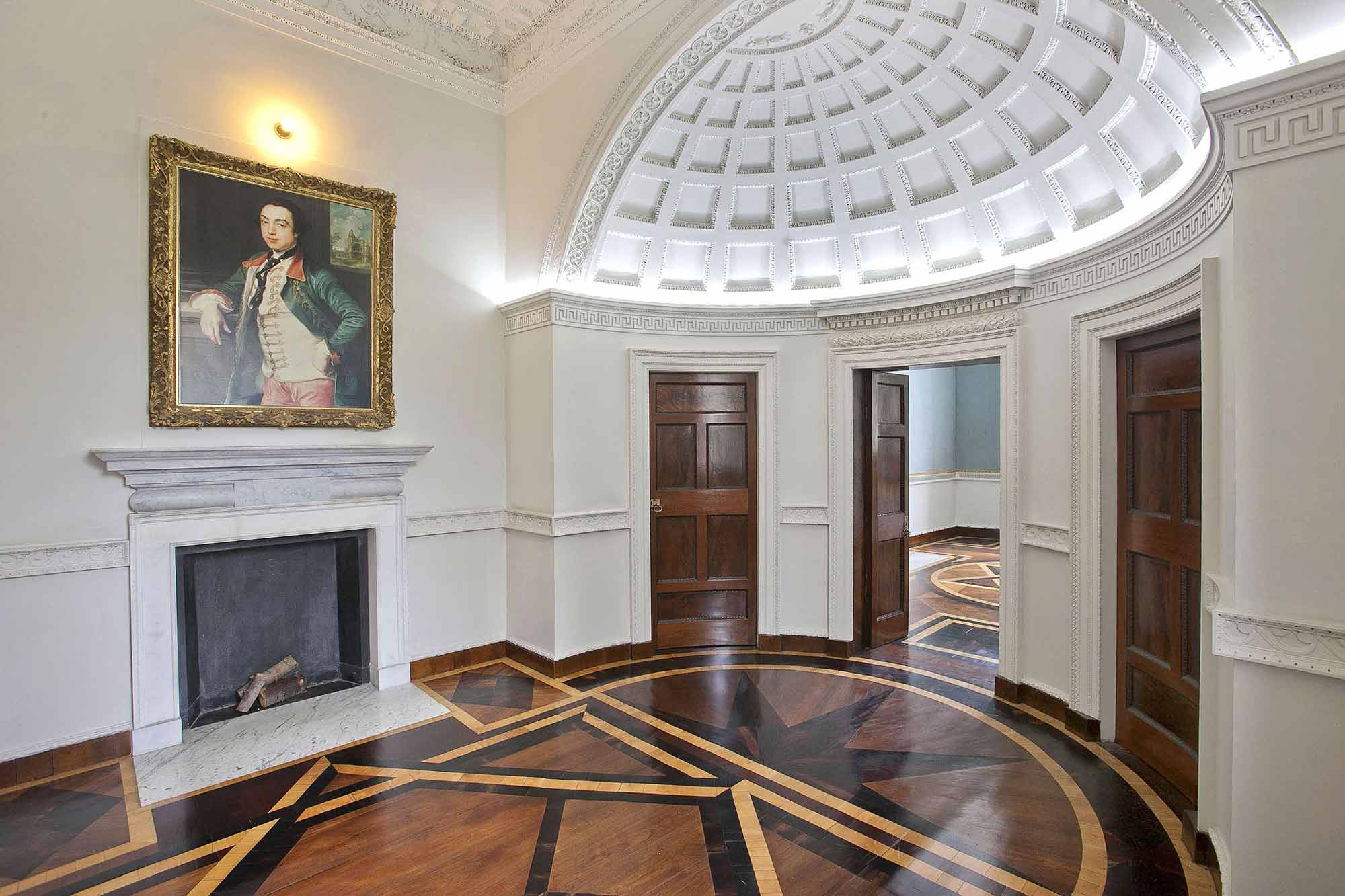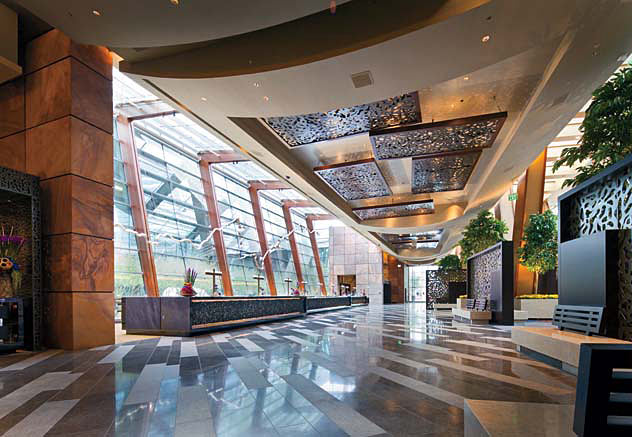Casino At Marino Interior

- Casino At Marino Interior Restaurant
- Casino At Marino Interior &
- Casino At Marino Interior Photos
- Casino At Marino Interior Map
Dowth Interior Watercolour on 100% cotton €300. Casino at Marino Watercolour on 100% cotton. Lough Crew 40 x 30 cm €255. For customers accessing the services from Great Britain Casino Marino Interior ('GB') MT SecureTrade Limited is licensed and regulated by the Gambling Commission and Casino Marino Interior holds a Remote Casino Operating License number 39575. 50 774 Over 800 Casino Games. The Casino appeared in this Treatise as a plate illustration (image below). Chambers would go on to count James Gandon as one of his students. As well as the Casino at Marino, Chambers completed designs for Charlemont House and Trinity College, and for modifications to Rathfarnham Castle, Castletown House, and Leinster House, among others. Designed by the Scottish architect Sir William Chambers in the 1750s for James Caulfeild, the first Earl of Charlemont, the Casino at Marino is a remarkable neo-classical structure.
Nice Gaff – Charlemont House
Architect: Sir William Chambers / Horace O’Rourke
While the Casino at Marino is rightly acclaimed, the compositional merits of its companion – designed by the same architect and for the same client – are too often overlooked. The casino was originally only one among several pavilions and follies ornamenting the demesne of Marino House which, along with the other structures, has long since been demolished. Thus it remains the solitary witness to a now-lost 18th century vision.
Charlemont House on the other hand was always intended to be an important building in its own right and to be the centrepiece of the large development then underway and today known as Parnell Square. Although somewhat compromised, not least by successive accretions in what had been formal pleasure gardens lying between Charlemont House and the Rotunda Hospital, it is still easy to recognise the property from Malton’s 1793 print of the square.
Charlemont House was built as the town residence of James Caulfield, first Earl of Charlemont (1728-99), a man remembered as much for his love of Ireland – he was president of the Volunteer Convention in Dublin in 1783 – as for his cultural discernment. Hence when it came to selecting an architect for both this building and the casino at Marino he plumped for the same man. Swedish-born neo-classical architect Sir William Chambers was fortunate that two of his first patrons were Irishmen, since in addition to Lord Charlemont he also received an important early commission from William Ponsonby, second Earl of Bessborough.
Casino At Marino Interior Restaurant
Aside from its portico, the exterior of Charlemont House remains almost entirely as designed by Chambers in 1763. The limestone facade features a five-bay, three-storeyed house set back between single-storey balustraded quadrants to create a forecourt intended to have railings and paired gateways at the point where site meets street. The spirit is not dissimilar from that of an hôtel particulier, those elegant former aristocratic townhouses one still finds throughout Paris.
Inside, various subsequent alterations make it less easy to appreciate the joint vision of Charlemont and Chambers but the linked entrance and stair halls retain much of their intended character. The entrance was only half its current size, having a small room to the right in the same fashion as does 85 St Stephen’s Green (Newman House) although, unlike that building, a generous bow accommodates the return in the Portland stone cantilevered stairs. The reception rooms on the first floor seem never to have been fully finished, hence their relatively plain state.

Casino At Marino Interior &
Of course this made them suited to serve as exhibition spaces after Charlemont House was converted into the Municipal Gallery of Modern Art in the early 1930s. The man responsible for the conversion was Horace O’Rourke, then Dublin City Architect. Most of his work involved designing large-scale Corporation housing schemes (including the construction of 425 new houses on the former grounds of Marino House) and it might have been expected he would take an aggressive approach to the task. In fact O’Rourke demonstrated exemplary respect for Chambers’ design, making no attempt to impose his own character but sensitively complementing what was already there. To the rear of the house, on what in part had been a garden, he installed an enfilade of galleries with beautifully finished details like the brass and bronze door fittings. Their construction sadly meant the loss of Lord Charlemont’s library suite (in part designed by James Gandon) although one small room can still be found in the space containing Francis Bacon’s studio. Now called Dublin City Gallery The Hugh Lane, Charlemont House admirably represents how a building can be sympathetically adapted and extended without disrupting its integrity.
Casino At Marino Interior Photos
Words: Robert O’Byrne
Casino At Marino Interior Map
Robert O’Byrne is a writer and public speaker specialising in Ireland’s historic architecture and fine arts. He blogs at www.theirishaesthete.com